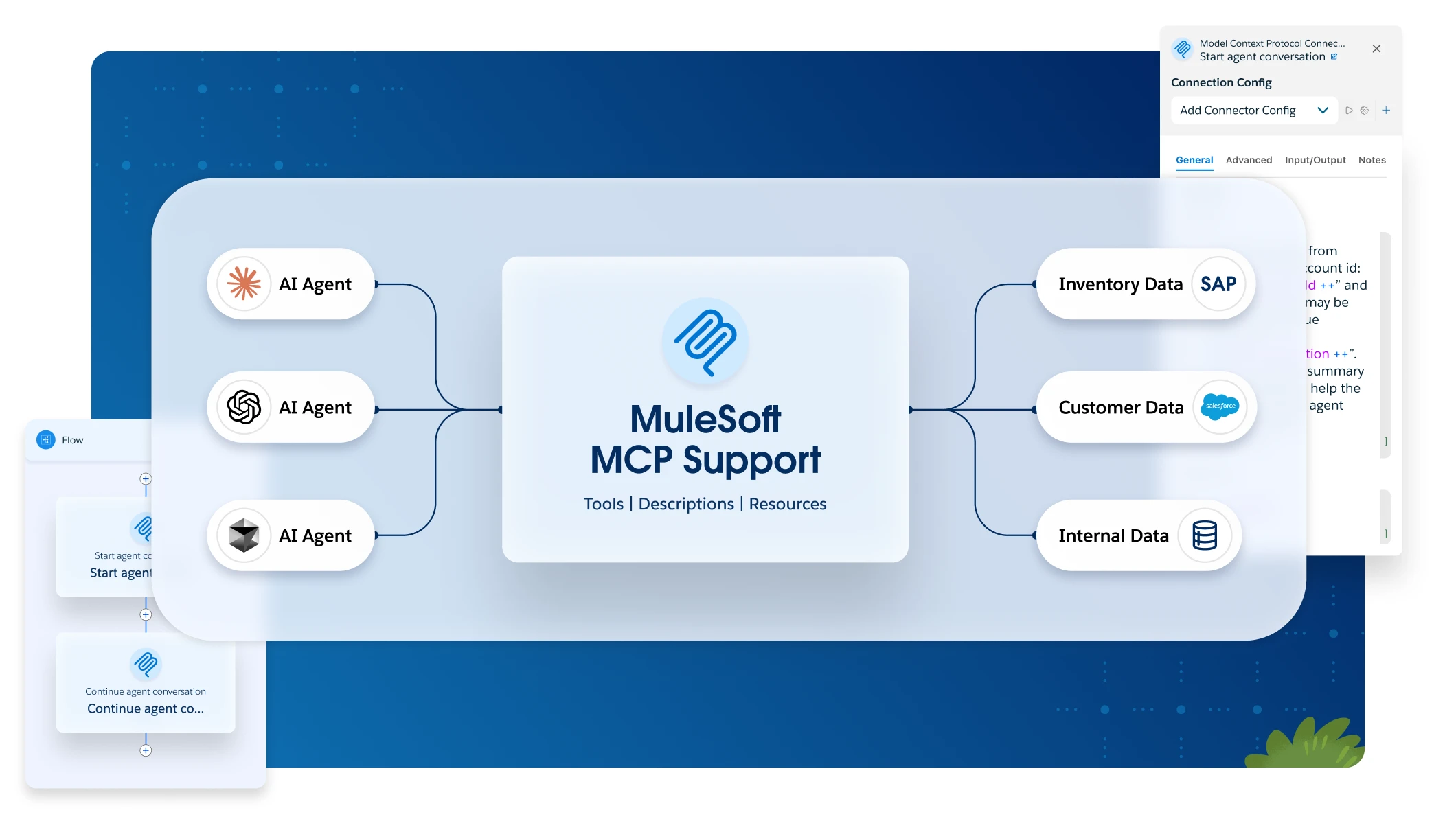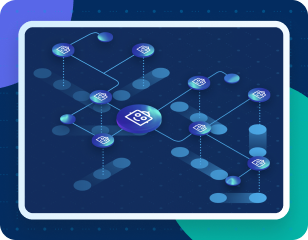As we progress into the era of AI-driven enterprise, organizations are being reshaped by the transformative power of AI agents, and agentic systems are driving practices across logistics, customer service, analytics, and everything in between. AI, integration, automation, and APIs are becoming essential strategies shaping how businesses seek agility, efficiency, and competitiveness.
In our 2025 Connectivity Benchmark Report, we surveyed 1,050 IT leaders worldwide to learn how they use these solutions within their organizations.
Artificial intelligence: The intelligent frontier
In 2024, solutions like autonomous agents and AI models have rooted themselves in everyday business operations and prompted massive investments in new technology and AI-savvy staff.
Fortunately, AI has surpassed our respondents’ expectations, with the number of models implemented in enterprises expected to double from 2024 to 2025. IT leaders anticipate a 78% increase in AI models over the next three years, from an average of 18 in use today to an estimated 32 in use by 2028.
Organizations are moving beyond basic AI applications to adopt autonomous agents capable of optimizing workflows independently. In 2025, nearly half of enterprises will have implemented these agents. Despite the bullish outlook, integration remains a top challenge. Ninety-five percent of IT leaders cite difficulties connecting AI to existing systems.
Legacy modernization
As organizations rush to adopt AI and autonomous agents, they recognize the importance of seamless integration. Despite making significant gains, 83% of IT leaders report that integration challenges are slowing progress. These integration challenges span both employee and user experiences. Additionally, many respondents report barriers to AI adoption due to poor integration and data access.
“Maintaining existing systems while incorporating AI and digital agents is becoming increasingly complex, exacerbated by skills gaps, disconnected systems, and compliance concerns.”
– Beena Ammanath, Global AI Institute Leader, Deloitte
Even considering these challenges, foregrounding integration has a major impact on business outcomes. Nearly half of our respondents note a return on investment from integrated customer experiences.
Integration breaks barriers down
Businesses are essentially swimming in a sea of apps, platforms, and solutions; integration as a practice is a paramount concern. Despite this proliferation of apps – 897 on average per organization – only 2% of businesses have successfully integrated more than half of their applications.
Unsurprisingly, data silos persist, and organizations struggle to maintain coherent experiences across their systems. Enterprises prioritize integration across all departments to address these barriers, from customer service to engineering. This growing demand highlights the need for unified strategies to ensure connectivity.
Automation empowers the workforce
Automation enables enterprises to optimize workflows while empowering non-technical users to create solutions using low-code and no-code tools. IT governance is critical in ensuring these solutions are secure and compliant. Today, 39% of developer time is spent creating custom integrations, and 65% of organizations have a near-complete strategy for enabling non-technical users with automation tools. Organizations are increasingly looking to reduce this burden by allowing business teams to self-service their automation needs.
APIs generate revenue
Massive, data-driven enterprise operations rely on secure APIs and intelligent automation through AI. As such, APIs drive innovation and revenue growth. Now, 40% of enterprise revenue is generated from API-related implementations, a significant increase from 2018, when APIs accounted for just 25% of revenue.
Even as APIs become a larger business driver, API management remains an area for improvement. Eighty-seven percent of IT leaders report seeking to optimize their strategies. Collaborating with third-party experts is emerging as a preferred approach to maximizing ROI and streamlining processes.
Finally, automation streamlines app use and API development for non-technical users. Nearly three-quarters of our respondents found that AI and automation empowered them to support these users with low-code and no-code solutions.
Where do we go from here?
The convergence of AI and autonomous agents, legacy modernization, integration, automation, and API use is dramatically reshaping the enterprise tech landscape. “To get the most out of AI and digital agents,” Ammanath adds, “organizations should establish a proactive integration strategy that unifies the entire IT estate.”
Organizations that invest in these technologies and strategies are better positioned to achieve agility, efficiency, and competitiveness in a rapidly evolving market. By addressing integration challenges and leveraging automation and APIs, enterprises can unlock the full potential of AI and pave the way for transformative success.
To learn how our respondents are engaging with, implementing, and benefiting from cohesive integration and transformation strategies, read the 2025 Connectivity Benchmark Report.









